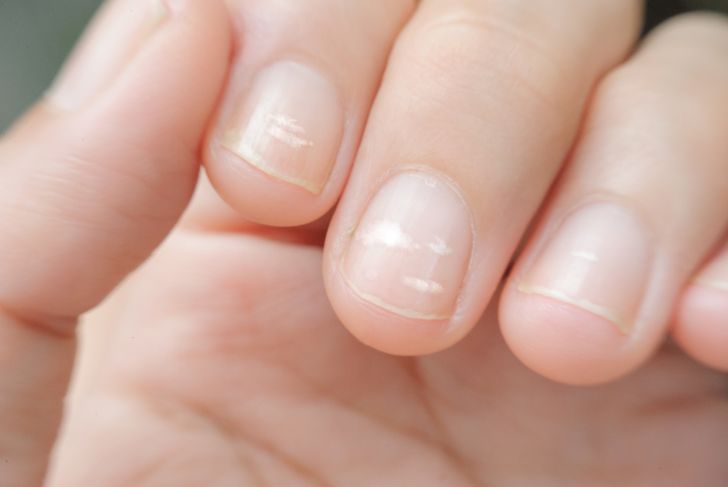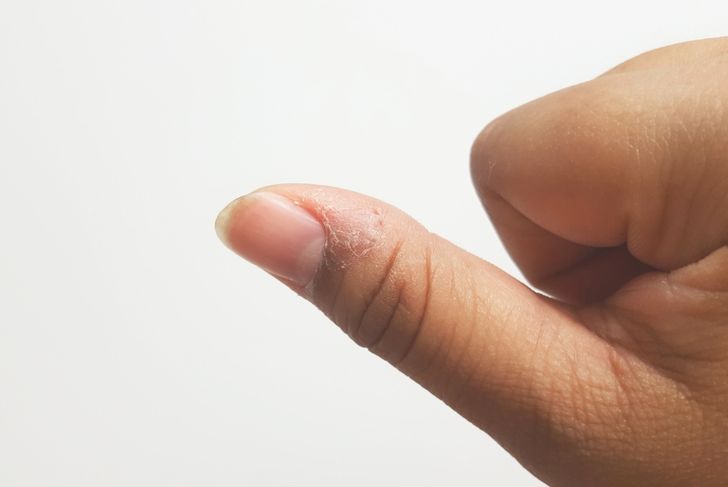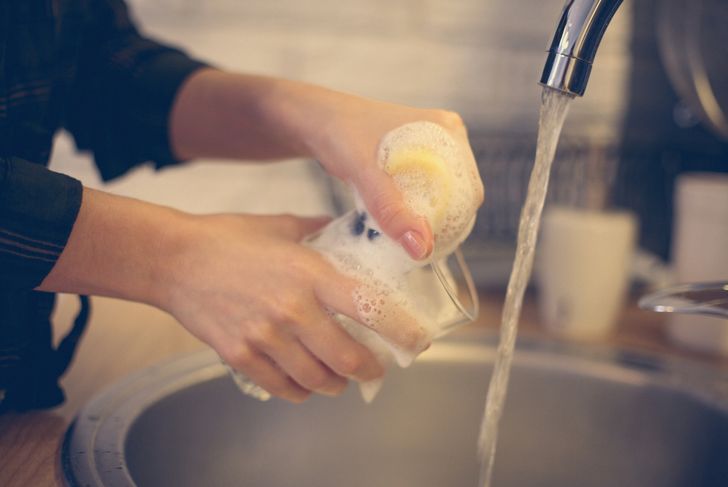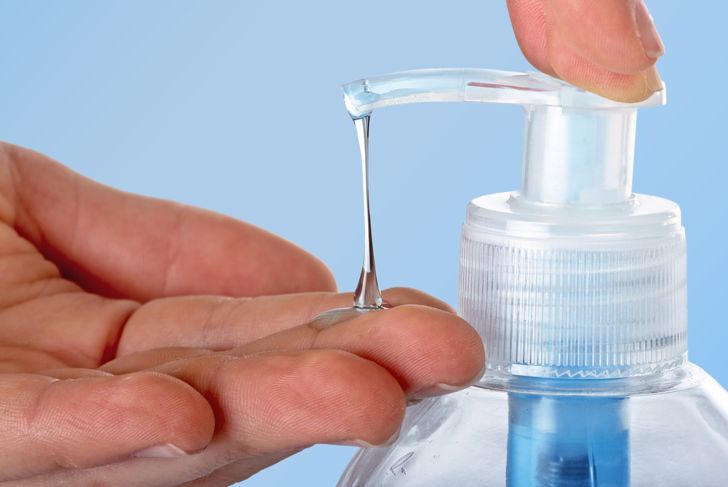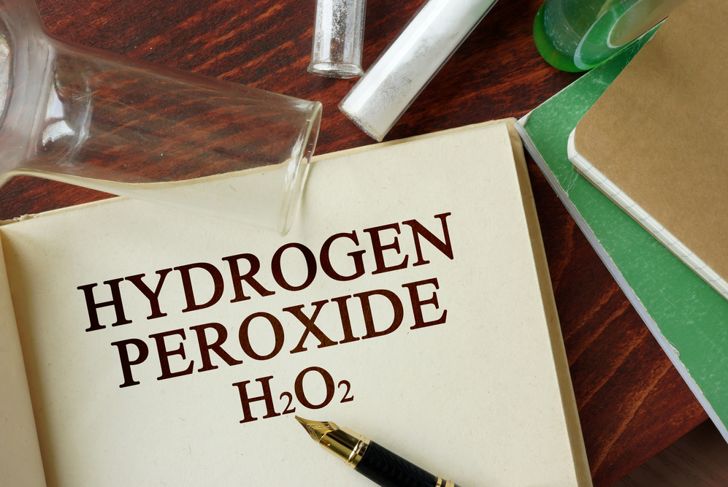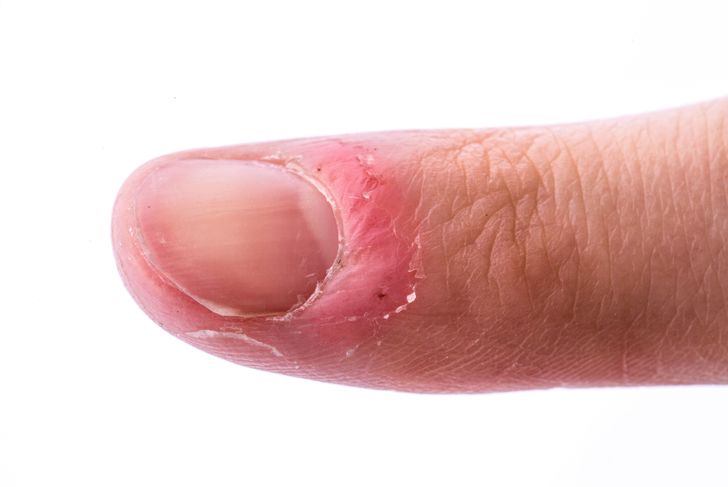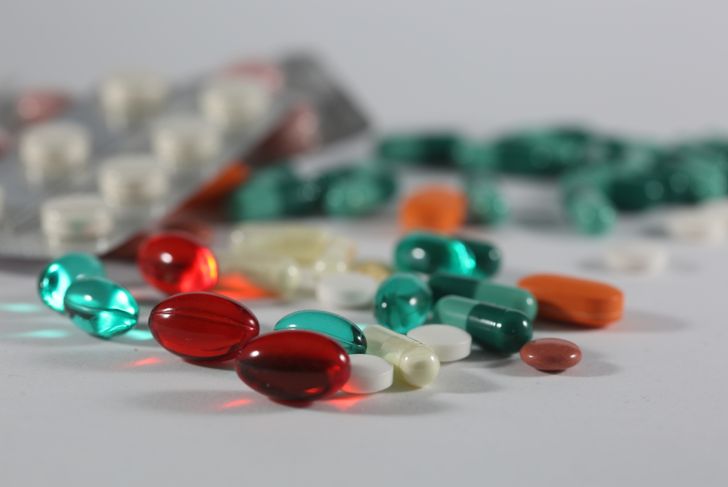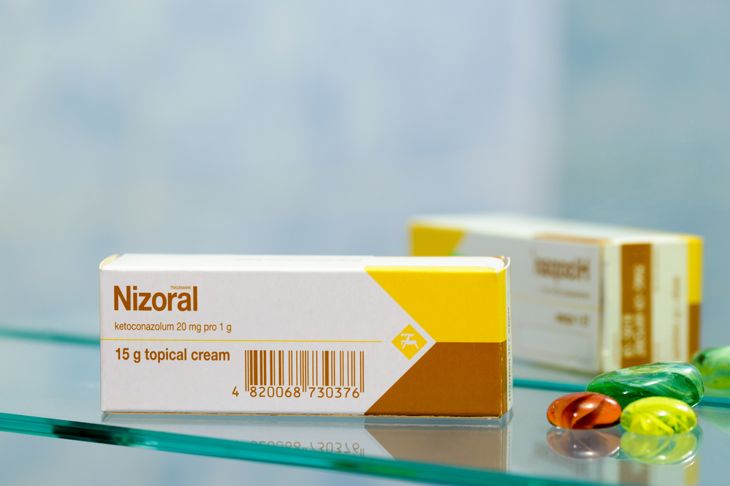Paronychia is a term that describes a skin infection in the area of the finger or toenails. Both bacteria and yeast cause the infection or inflammation, and sometimes both of them contribute to this problem. It is usually easy to identify and treat this infection. Paronychia comes in mild or severe forms. The milder version may last for just a day or so, but severe outbreaks could continue for a number of works. If it is not appropriately treated severe paronychia sometimes leads to nail loss. In most cases, doctors instantly identify the infection after examining the infected finger or toe. Sometimes they might decide to send a pus sample to the laboratory to confirm their diagnosis.
Changes in the Appearance of the Finger or Toenail
These changes in the appearance of the nail and the skin around it make spotting this infection easy. Expect to notice that the skin has become red and it feels very tender. The infection also alters the shape and coloring of the nail. The nail might become detached from the skin in the most chronic cases. These symptoms appear in both the mild and severe forms of the infection. The key difference between them occurs in the speed with which the infection develops and how long it lasts. It comes on slowly and lasts for weeks in severe (chronic) instances, but in the milder (acute) version it quickly comes and goes.
An Infection Traceable to Human Actions
Although both kinds of paronychia develop due to bacterial or yeast infections, it can also develop due to your actions, or the actions of another person that affects your nails. Nail biters and pickers may suffer from acute paronychia. If the manicurist fails to take sufficient care, their tools might damage the nail, and an infection develops. Some people get chronic paronychia after keeping their feet or hands in water a long time. All of this goes to show how bad habits can affect nail health. Even if it is impossible to get full protection against yeast and bacterial infections, each individual can take steps that reduce the likelihood.
An Infection Traceable to Human Actions
Even though fever is an uncommon paronychia symptom, it does occur in certain circumstances. Patients become feverish, and they report pains in the glands under their arms while suffering from the most aggravated cases of acute paronychia. A “staph” type of bacteria is the most likely cause of these particular symptoms. Taking into consideration the other much more common causes of fever, the doctor is unlikely to jump to this diagnosis unless he or she sees nail damage.
Hard to Treat Chronic Paronychia
Cases of chronic paronychia infections are very hard to treat. Both bacteria and yeast come together to create the right environment for this condition. The infection distorts nail growth and causes ridging to appear. The nail might turn a yellowish or greenish color. It could also become brittle. It might take as much as twelve months for nails to recover fully from this infection. People whose hands are wet much of the time face the greatest risks, for example, nurses and hairdressers. Even those who spend a great deal of time washing up in the kitchen enter the higher risk group.
A Good Tip for Avoiding Chronic Paronychia
If you think you spend a fair amount of time over the kitchen sink, or you do some other activity that makes your hands wet for long periods, consider taking precautions against chronic paronychia. It only takes a few simple steps to reduce the chance of becoming infected. For a start, try to keep your hands as dry and clean as possible. It is a good idea to wash them with an antibacterial soap after doing any work that soils the hands. It also helps to wear waterproof gloves when washing dishes or comparable activities.
Treatments With Creams and Lotions
Standard treatments for hands infected with paronychia use a range of creams and lotions, for example, Lotrisone. Most commonly, the doctor asks the patient to apply medicinal cream to the nail fold a couple of times each day. They often have to continue to use the cream over a long period; Sometimes the doctor also prescribes an antifungal drug to take orally. On average expect it to take several months to get rid of the paronychia, but each case is different.
Home Treatment Options
As long as the infection raises no serious health concerns, you might want to try treating it yourself. You can also do these home treatments if you cannot get a doctor’s appointment right away. To begin with, bathe the infected foot or hand in warm water for twenty minutes. Repeat this procedure every six or eight hours. Alternatively, bathe the foot or hand in a solution made up of hydrogen peroxide and warm water with an even mix. You can also buy medications and bandages from the local pharmacy without a prescription.
When You Must Go to the Doctor
The decision of whether or not to go to a doctor is an individual one, but if in doubt here are some helpful guidelines. A person with diabetes should not hesitate from going to the doctor as soon as they notice they have this infection. Other people need to consult a doctor if they see no improvement in symptoms in a couple of days. The presence of pus at the side of the nail and the onset of fever are additional good reasons for making a doctor’s appointment.
Conventional Medical Treatments
The treatment the doctor chooses varies with the seriousness of the infection. They often prescribe an antibiotic medicine if the home treatments you tried failed to bring about an improvement. If the patient has pus oozing out from under the skin near the nail, the doctor might want to drain it to prevent the spread of the infection.
Might a Doctor Recommend Surgery?
Few patients with paronychia are likely to need to undergo surgery, but sometimes they end up in this situation. This might happen with the harder to treat a chronic condition. Usually, an antifungal cream helps, but in a small number of cases, the surgeon must remove part of the nail to prevent the inflammation from spreading.

 Home
Home Health
Health Diet & Nutrition
Diet & Nutrition Living Well
Living Well More
More